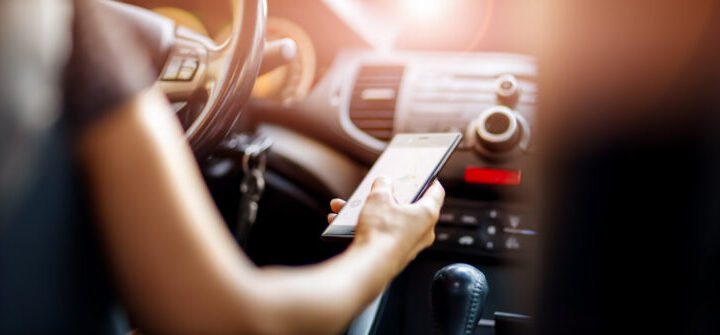Proving Negligence for a Car Accident Injury

Nearly 300,000 people were injured in California due to car accidents in recent years. In a state that experiences heavy traffic on a regular basis, the likelihood of being in a crash in the city of Irvine increases. If you’re involved in a car accident injury that was caused by someone else, you can file a car accident claim.
However, “negligence” is a key area that must be proven before you can recover damages. Keep reading to learn about the four key elements of proving negligence at play.
1. The Duty of Care
Duty of care refers to the measures everyone is obligated to take to avoid and prevent an accident from taking place. It is essential when considering negligence in a car accident case. In regards to car accidents, it needs to be proven that the defendant (the at-fault driver) owed the plaintiff (the injured driver) a duty of care.
Drivers are responsible for exercising their duty of care anytime they get behind the wheel of a vehicle. They do this by maintaining speed, following traffic patterns, and not committing moving violations that can lead to accidents and hurting others. Failing to exercise this level of caution and care is grounds for negligence.
2. Breach of Duty
In California, breach of duty refers to a driver not exercising reasonable care. Car accident litigation requires lawyers to prove that the driver fell short of this duty. These standards are open-ended, which is why “reasonable” is open to interpretation by the courts.
If a judge or jury deems that a driver failed to exercise their duty of care, they can be held liable. A judge or jury will go over the evidence to see whether the driver breached their duty. Some ways that a driver might breach their duty include:
- Speeding or reckless driving
- Texting and driving, or other forms of distracted driving
- Driving Under the Influence (DUI)
- Cutting another driver off or merging dangerously
- Driving on the wrong side of the road
- Tailgating or badgering another driver
- Driving erratically and disobeying traffic patterns
These are just a few of the ways that a driver can breach their duty of care to those they share the road with.
3. Causation
Then, it will need to be proven that the defendant’s breach of duty of care led to the accident. When breaking down a car accident case, we must also look at both actual and proximate causes. This legal term refers to an action that creates an accident that otherwise would not have occurred.
In these situations, the courts will determine if there is a direct correlation between the accident and what caused it. For instance, if a car accident would not happen if the defendant did not run a red light, then the crash would not have taken place. This proximates negligence.
Another example of “cause” is a driver losing control and crashing into another car because they were speeding. Both of these matters involve different types of negligence that have to be examined in these situations.
Knowing these variables will explain whether or not a plaintiff has a case against another party, and whether that party was negligent in causing a vehicle wreck.
4. Damages
The last component in proving negligence is proving that the situation caused by the defendant led to damages. If all of the above is correct, but the other driver walked away unscathed, or with damages that can’t be proven, then this standard of negligence falls short.
The type of damages suffered will always play a role in determining negligence in the case. The courts will go through the details of the injuries and how they occurred and will determine whether the other party’s negligence caused them.
For instance, if a person suffered severe and debilitating injuries, and it was found that the driver was going 90 miles per hour at the time of the crash, the force required to create those types of injuries would back the claim of negligence.
Medical evaluations and expert witness testimony from medical professionals will come into play in these sorts of cases. The nature and cost of the damages are arguably the biggest parts of the case to prove.
From there, the driver that wins the case will be awarded a payout to help with their recovery. Some of the main types of recoverable damages in a car accident case include:
- Medical bills to treat the injury
- Emotional damage and pain and suffering
- Disability and long-term medical care
- Replacing a damaged or totaled vehicle
- Loss of income and income potential due to the accident damages
The plaintiff will need documentation of these injuries, which may include medical bills, expert witness testimony, and medical diagnoses.
Handle Your Car Accident Injury Needs
The points above are helpful if you have suffered a car accident injury of any kind. Negligence is an important factor to consider in an auto accident in Orange County. If you have been involved in a car crash that was not your fault, reach out to our Irvine car accident lawyer.
Woodbridge Accident Attorneys can assist you with your case. To book a free consultation, send us a message or give us a call at (949)749-1575.




